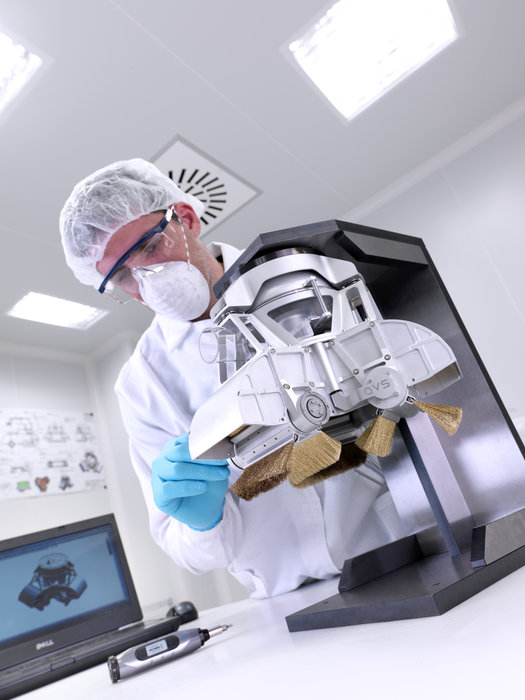Something believed to be possible only in science-fiction flicks, brain to brain communication has now become a reality. The successful test that was performed recently had a person from India send greetings to three people from France.
The thought that the greetings were transmitted using nothing more than the brain (and possibly a bit of hi-tech) is exciting, but at the same time really terrifying. Fortunately, no one is going to enter your mind without your consent anytime soon, as the experiment that took place in a lab in India was computer-mediated.

Dr. Alvaro Pascual-Leone, Director of the Berenson-Allen Center for Noninvasive Brain Stimulation at Beth Israel Deaconess Medical Center and Professor of Neurology at Harvard Medical School, explained how the entire experiment was possible: “By using advanced precision neuro-technologies including wireless EEG and robotized TMS, we were able to directly and noninvasively transmit a thought from one person to another, without them having to speak or write. We believe these experiments represent an important first step in exploring the feasibility of complementing or bypassing traditional language-based or motor-based communication.”
More precisely, the sender that was located in the Indian lab had to translate the letters of the words “hola” and “ciao” (apparently the researchers involved in this project had no idea what the French word for “hello” is) into binary code. Upon doing so, a brain-computer interface based on an EEG cap was used for entering the code into a computer. The binary code was then e-mail to a lab in France, where a similar interface, this time based on transcranial magnetic stimulation (TMS), put the letters together and transmitted the numbers into the recipients’ brain.
Some argue that this is in fact a hands-free telegraph, as the whole experiment relied on faking visual stimuli. However, as neither voice, nor text input were used, this can be regarded as brain to brain communication. It remains to be seen what applications the scientists will find for the non-intrusive brain to brain communication. For the time being, lets just hope that no one evil gets their hands on this technology.
Details about the brain-to-brain communication experiment can be found in the paper that was published in the journal PLOS One.
Be social! Follow Walyou on Facebook and Twitter, and read more related stories about the human brain computer built by IBM researchers, and the human brain created in a lab from Vienna.










